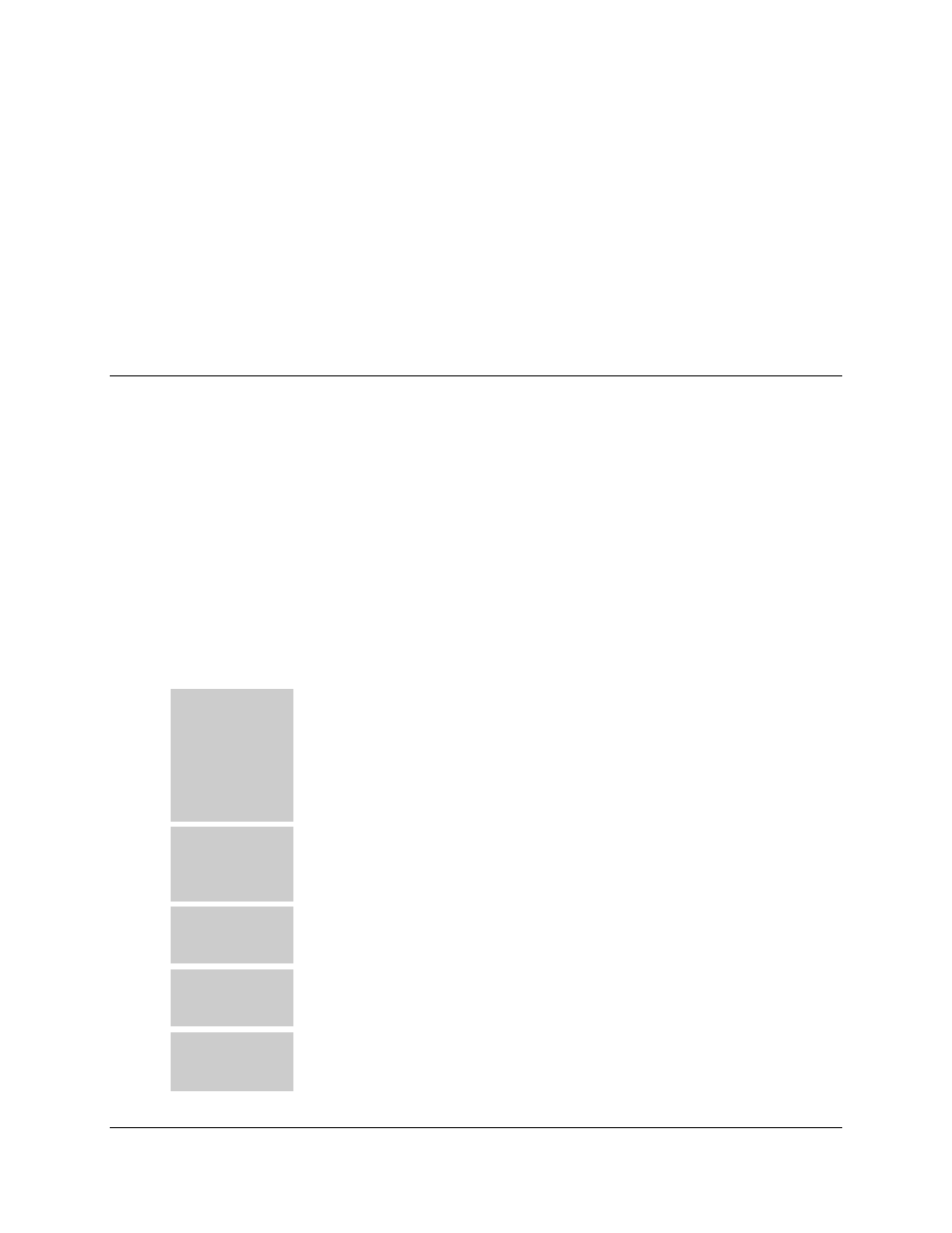Chapter 10. clock modes, 1 introduction – Comtech EF Data CDM-710G User Manual
Page 155

10–1
Chapter 10. CLOCK MODES
10.1 Introduction
This chapter describes the various clocking options that are available with the CDM-710G High-
Speed Satellite Modem. The CDM-710G allows the operation of single ports on single data
interfaces plugged into the two slots at the rear of the modem. For the most part, each port operates
independently and generally does the clocking for each port. When dealing with satellite modems,
the subject of clocking often becomes a complex issue.
The CDM-710G is always Data Communications Equipment (DCE) and is normally connected to
Data Terminal Equipment (DTE).
Figure 10-1 presents a diagram of a typical interface; a general description of the clocking and
clock modes is provided below. The particular clocking modes available depend upon the data
interface and its characteristics. The available clocking for each data interface module is discussed
in the chapter sections that follow. For further information about the specific interface, refer to its
pertinent interface chapter in this manual.
Ext Ref
This signal is applied to J7 on the rear of the modem; it is located on the main part
of the modem – not on a data interface module. The modem locks its internal IF
synthesizers and signal processing circuitry to the Ext Ref signal. It is a low-phase
noise, highly stable signal.
When the Ext Ref is used, it replaces the internal reference (Int Ref) oscillator
(10 MHz) inside the modem and it is the master reference for all signals in the
modem. It is normally the source for ST clock.
Ext Clk
This input appears on some data interface modules. It is associated only with the
clock circuitry in the data interface and is not linked to the internal IF synthesizers.
When an Ext Clk signal is used in conjunction with a G.703 port, this is the signal
used to derive a signal to clock out the Rx Buffer.
Int Clk
The Int Clk or Internal Clock is the actual signal used on the data interface
module. It is derived from either the Ext Ref or Int Ref oscillator in the main part of
the modem – not from the data interface.
Tx-Terr
The signal sent to the modem by equipment external to the modem is the Tx-Terr
clock. It is SD on a G.703 interface, and TT on the HSSI interface. The modem
dejitters and phase locks to this signal and uses it to clock data into the modem.
Rx-Sat
Rx-Sat is the clock derived from the signal received from the satellite. It is the
signal sent from the distant end plus Doppler induced by the motion of the satellite.
Rx-Sat is the clock exiting the modem (RD or RT) when the Rx Buffer is disabled.
